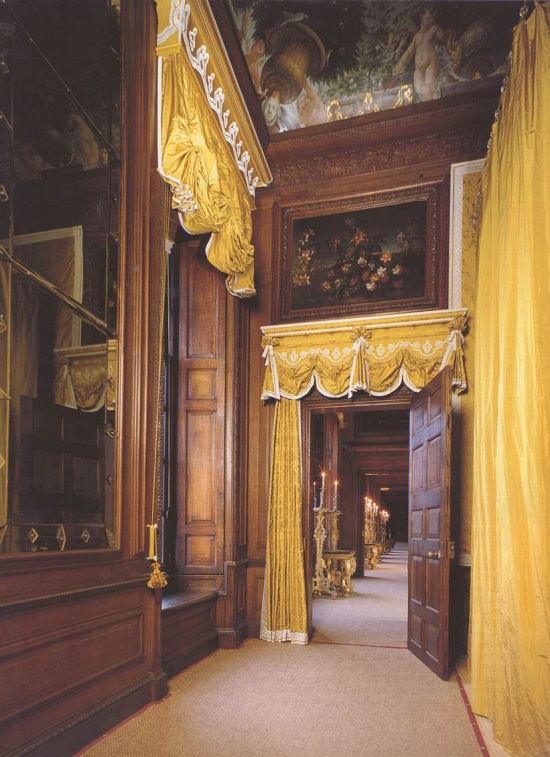Period Band B
Architecture and Politics in Stuart England c.1603 - c.1688
Tutor: Anthony Geraghty
Description
Seventeenth-century England has long been recognised as the stage upon which rival ideas of government, religion and authority strove to assert themselves. From these conflicts emerged the notions which shaped the early modern era and which still resonate with contemporary notions of nationhood and identity. England’s political course veered between ideologically opposed extremes. During the 1630s, England was ruled without a Parliament by the king’s direct authority, as exercised through his Ministers of State. The collapse of the regime and its policies unleashed the turmoil of successive Civil Wars, effectively concluded by Charles I’s trial and execution in 1649.
The new Commonwealth eventually found leadership under Oliver Cromwell as Lord Protector. After its disintegration after Cromwell’s death, the monarchy was restored in the person of Charles II. This act defined the following two decades (still known as the ‘Restoration’ period), which lasted until Charles’ brother, James II, was challenged by leading aristocrats on account of his pro-Catholic policies. This political circle invited the Protestant William of Orange to take the throne as joint-sovereign with Mary, sister to Charles and James.
Despite vast upheavals witnessed during the century, architecture was one means of demonstrating social status and visualising messages about ideological identity. What emerges consistently across this period is the gradual assimilation of a classically-inspired type of architecture, drawn from both written treatises and Continental visual exemplars. Two crucial figures in this process provide the linchpins for this module: Inigo Jones and Christopher Wren. These two architects’ separate careers raise not only questions of architectural design and patronage, but also the wider meanings behind questions of style, form, and the ways in which these may have been understood in seventeenth-century England.
Objectives
By the end of the module students should have acquired:
- a knowledge of landmark works in the careers of Inigo Jones and Christopher Wren, and comparative architectural projects from their contemporary period.
- a knowledge of the immediate historical and cultural contexts from which architectural designs emerged.
- an awareness of seventeenth-century discourses upon architecture and its wider cultural significance.
- an ability to analyse architectural design through examination of preparatory drawing and built fabric.
- A critical awareness of the debates within the discourse of architectural history upon the meanings of stylistic associations in seventeenth-century England.
Preliminary Reading
It is not compulsory for you to read the following texts before the start of term, but they will help you to prepare for study.
- Kerry Downes, Christopher Wren, London 1971
- Lisa Jardine, On a Grander Scale: the Outstanding Career of Sir Christopher Wren, London 2002
- Timothy Mowl and Brian Earnshaw, Architecture without Kings, Manchester 1995
- John Summerson, Sir Christopher Wren, London 1953
- John Summerson, Inigo Jones, Harmondsworth 1966
- John Summerson, Architecture in Britain 1530-1830, New Haven and London 1993
- David Watkin, English Architecture: a Concise History, London 2001
- Giles Worsley, Classical Architecture in Britain: the Heroic Age, New Haven and London 1995

Module Code HOA00003H
